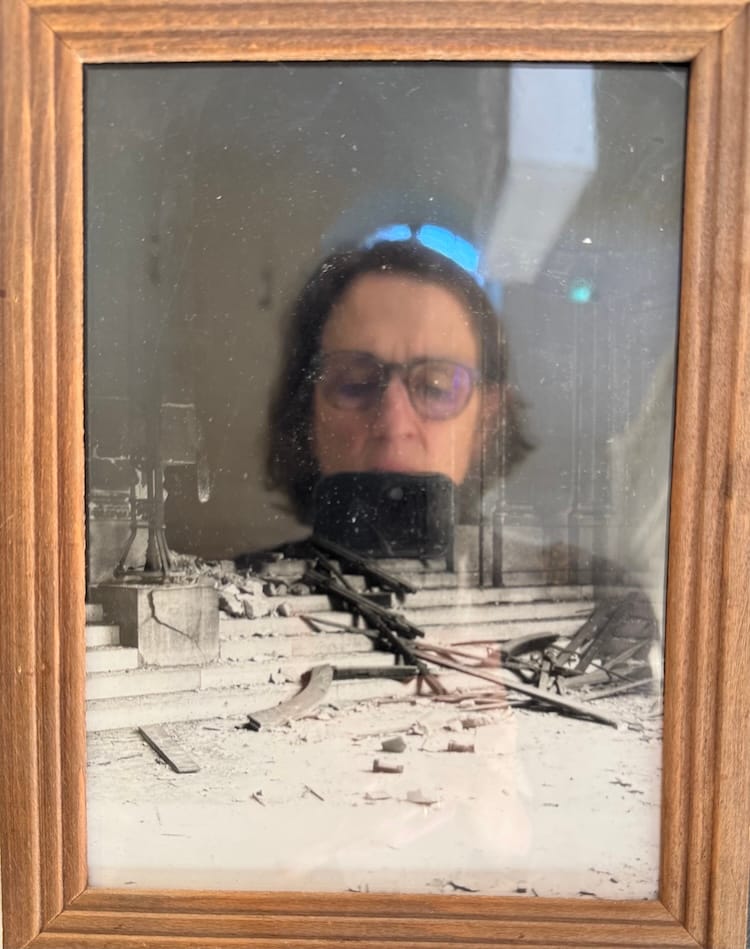There Goes History Again
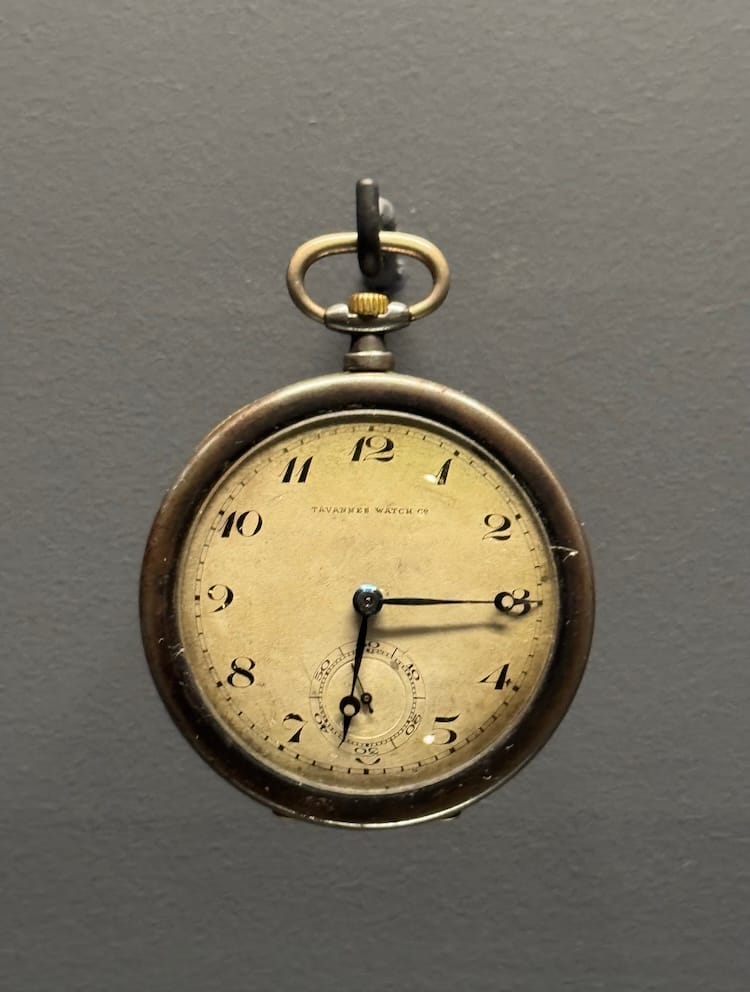
Friday, 2 May
Those of you who have read my latest novel Civilisation Française (and those who haven’t, it’s not too late!) will know that the Marais, where the protagonists rattle around in a grand but rundown old house, has much occupied my imaginary life these last years. I have also written about the real Right Bank area of Paris in these virtual pages.
So I never miss an excuse to return, learn more about the former swamp's (marais) boom and bust past. Alerted this week by The Paris Insider (a Terence Gelenter daily newsletter that I recommend) to an exhibition at the Musée d’Art et d’Histoire du Judaïsme (MAHJ) called the "Affaire Dreyfus: Truth and Justice", I rode my bike over to the rue du Temple.
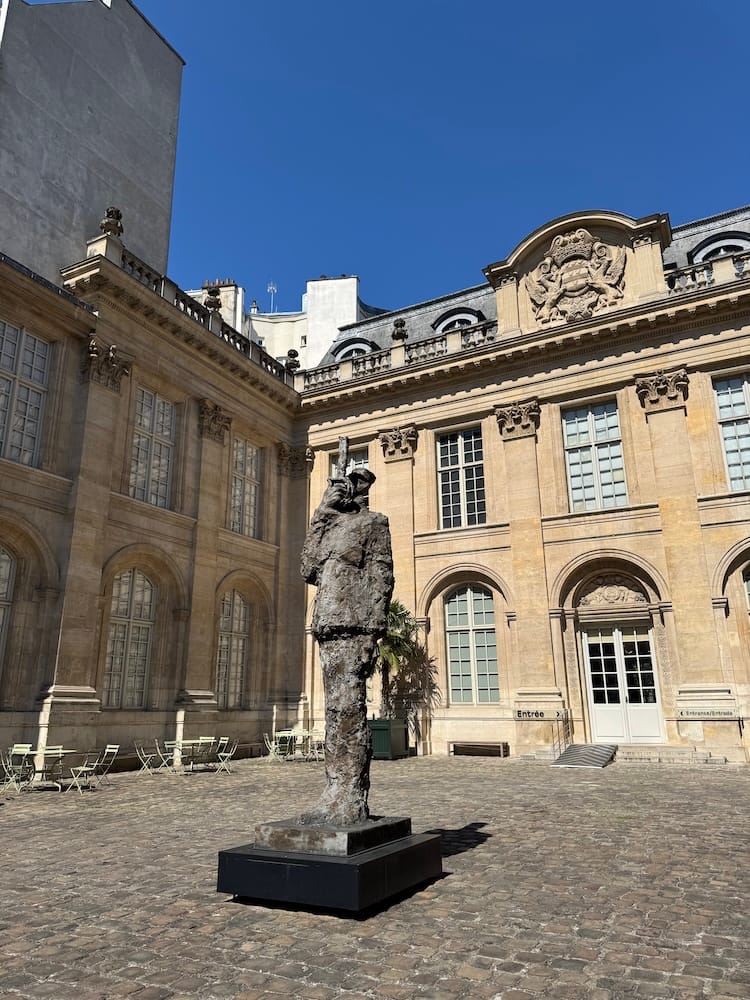
The MAHJ is housed in the Saint-Aignan hôtel particulier, a classic example of majestic 17th century Marais architecture. Built as a Paris residence for aristocrats, it was inhabited by town hall bureaucrats from the Revolution to the mid-19th century, then divided up and added onto...
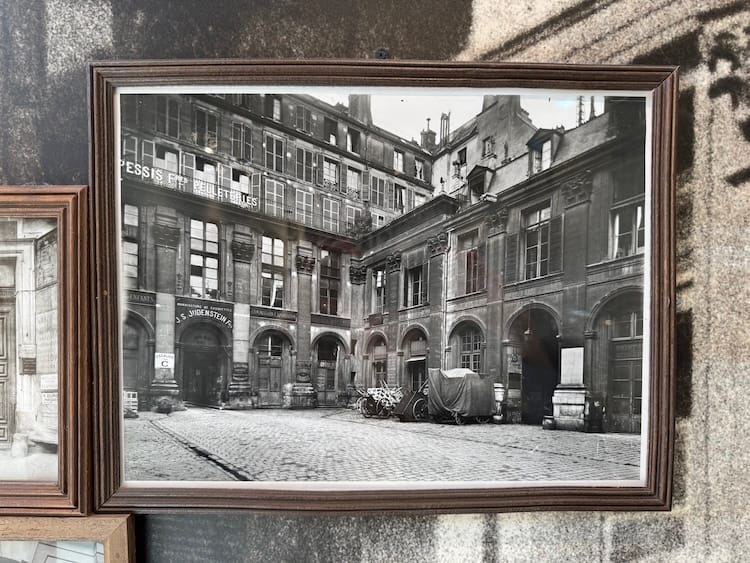
...when Jewish immigrants from Poland, Romania and Ukraine moved in with their families and businesses.
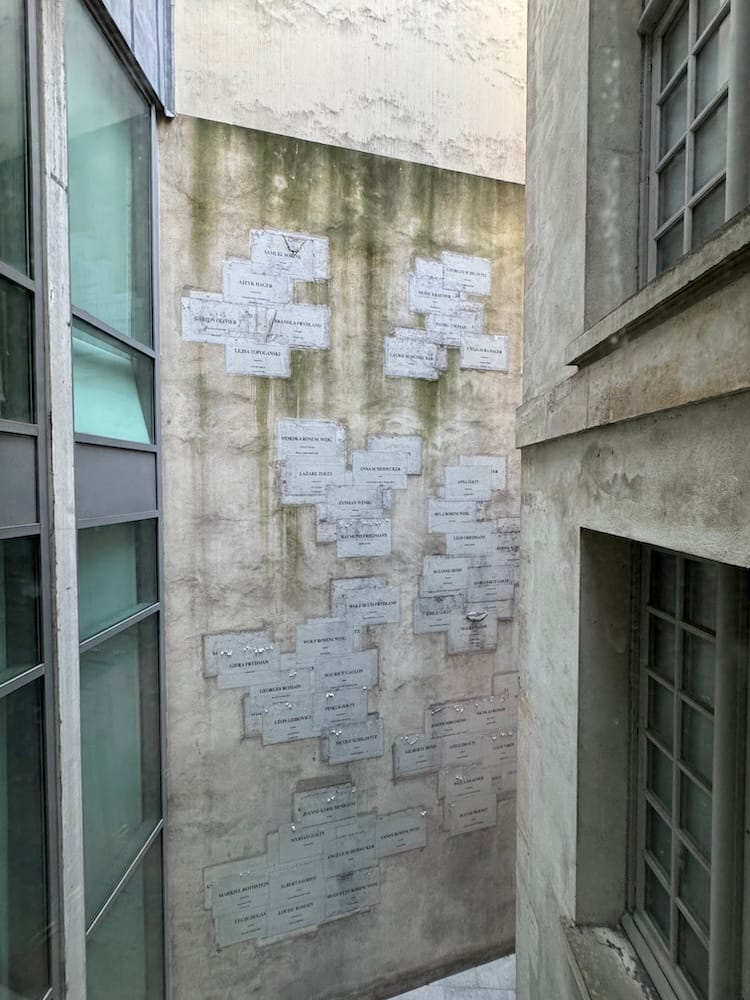
During World War II, many residents were arrested and deported; 13 died in extermination camps. In the early 1960s, the state stepped in and declared the hôtel a monument historique, but it wasn't until 1986 that then mayor Jacques Chirac designated the property as the future museum of Jewish culture and history. The renovated MAHJ opened in 1998.
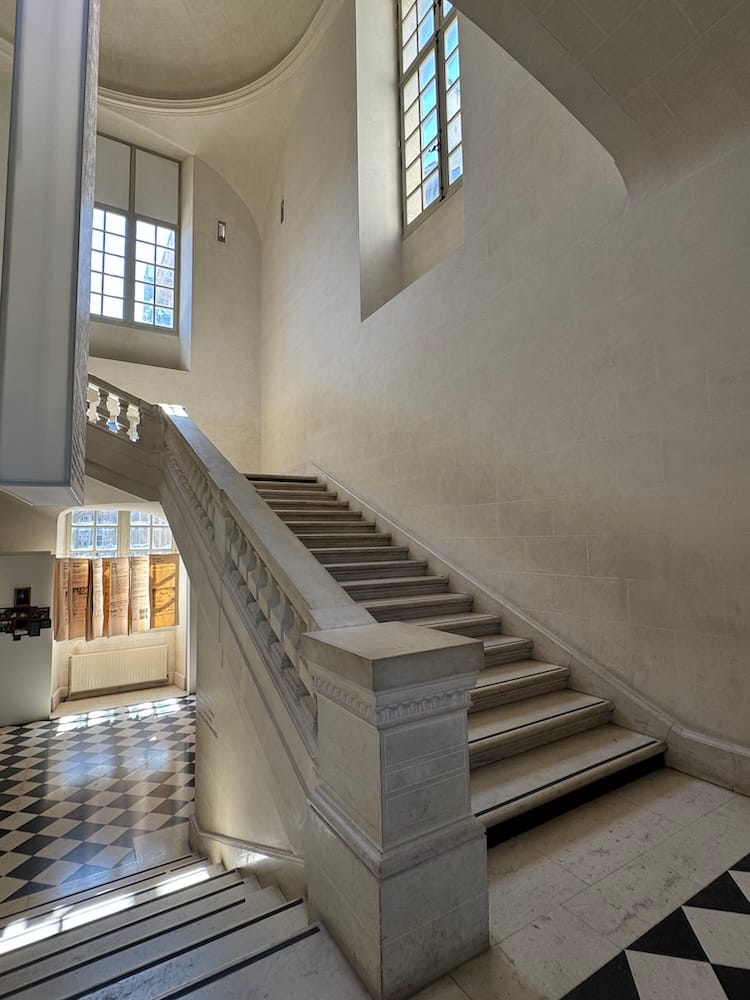
The Dreyfus exhibition is a collection of period paintings, including portraits of the figures in the drama, newspaper pages and film clips, as well as Dreyfus memorabilia (the pocket watch, top photo; the pince-nez, photo below) and writings by the captain himself.
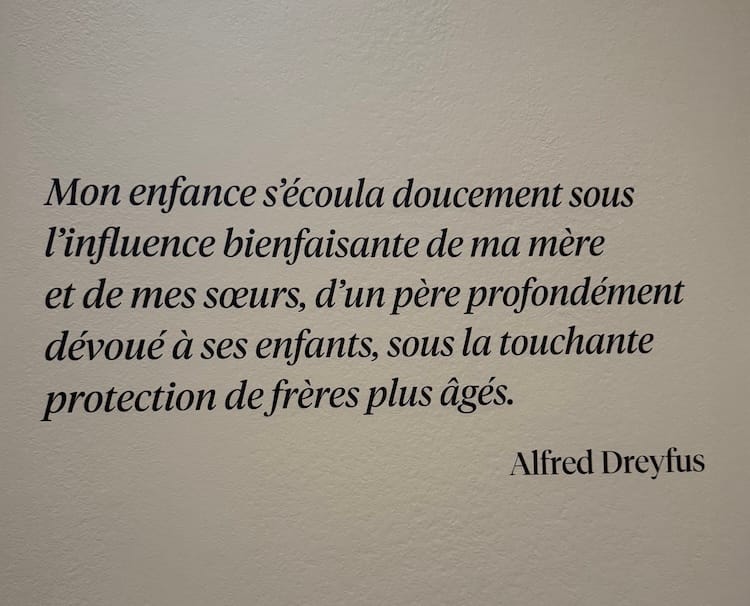
Having granted civil rights to Jews in 1791, France had become a sanctuary for those fleeing the eastern European pogroms. "Heureux comme Dieu en France" (happy as God in France) was the saying. The Dreyfus family had been settled in the Alsace region for centuries. When it became German again after the Franco-Prussian War of 1870, the patriotic family opted to leave the region and stay French. Alfred was sent to Paris where he embarked on a successful career as an army officer.
Until 1894, when a treasonous note (le bordereau, as it was called) from a French officer was discovered by a maid planted at the German Embassy.
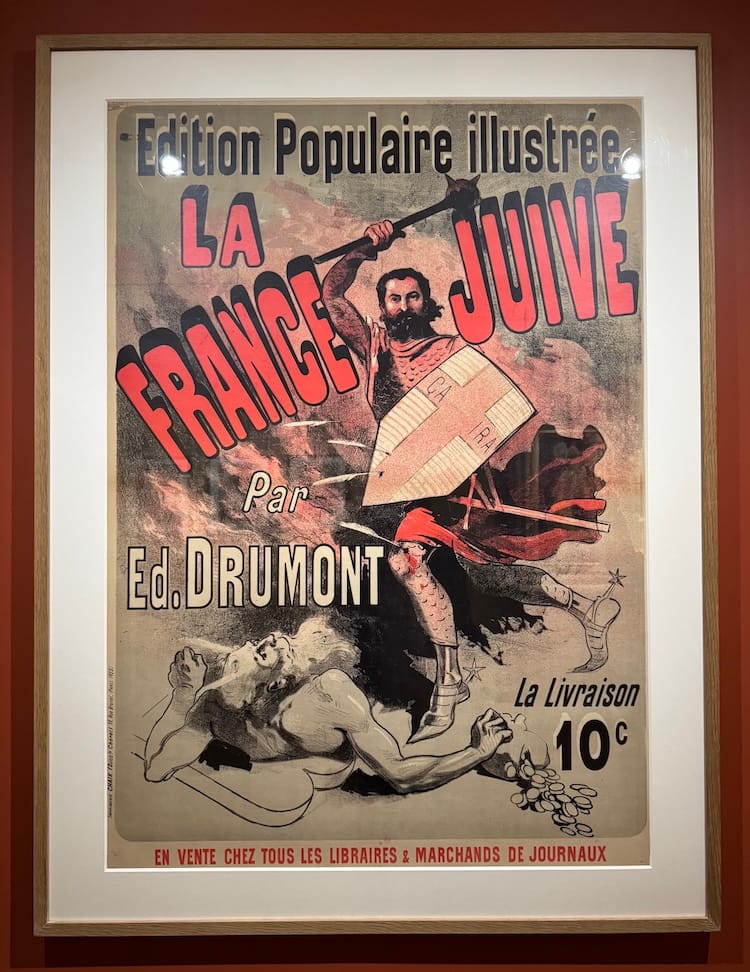
Although the 1870 War had been over for almost 25 years, French resentment at their defeat and at the loss of the Alsace and Moselle regions was alive and kicking. Ultra-Nationalism and anti-Semitism were rife, with hatred being stoked by a burgeoning sensationalist press. Alfred Dreyfus was the perfect scapegoat for the Ministry of War's Trumped (sic) up charges: he was Jewish, from Alsace and a prime example of a republican, meritocratic elite. There was no convincing proof, but the captain was nevertheless judged guilty of high treason in a charade of a trial held behind closed doors. Publicly stripped of his military trimmings, his sabre broken in two, he was sent to the notorious Devil's Island prison in French Guiana in 1895.
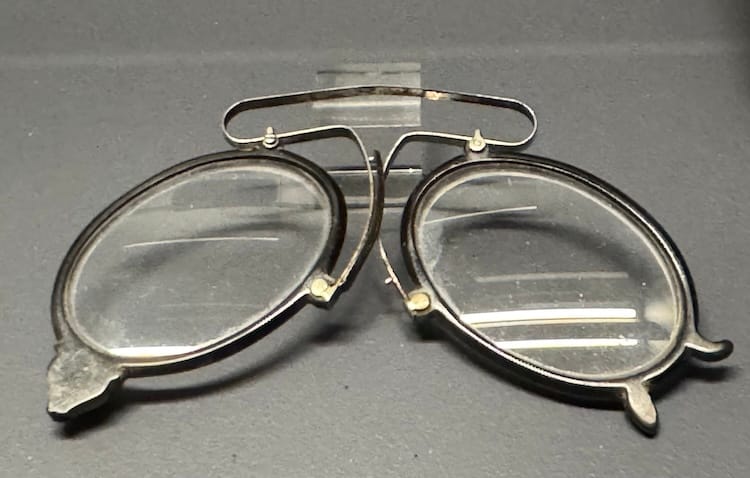
Does any of the above sound familiar? A once welcoming nation ("Give me your tired, your poor,/ Your huddled masses yearning to breathe free...") turning nationalistic (MAGA) and sour on the Other (anti-Muslim or, for that matter, anti-anyone-who-doesn't-agree-with-me)? The lack of due process (green card holding students and Venezuelans) and distant, notorious prisons (El Salvador)? A rampant press more interested in making a splash than in telling the truth (social media, Fox News, Breitbart, etc)?

("In spite of the most obvious evidence, against all justice and fairness, I was condemned. And the verdict was pronounced with attenuating circumstances! Since when are there attenuating circumstances for the crime of treason?")
Often shackled and in solitary confinement, Alfred Dreyfus barely survived the wretched living conditions and tropical illnesses, but he never wavered in claiming his innocence. From his island prison, he continued to write letters. As did his brother Robert in France. Defenders came to the fore, most notably a group of intellectuals headed by Emile Zola, who published his "J'Accuse...!" letter in early 1898 (for which he was put on trial too!). The country was torn apart, completely polarised (again, sound familiar?) between the dreyfusards (claiming his innocence) and anti-dreyfusards.
Ultimately General Georges Picquart, head of counter-intelligence, who early on had identified the real culprit, Major Walsin-Esterhazy, was finally heard. Dreyfus was brought back from Devil's Island for a retrial that, also a sham, pronounced him guilty again. The fight for his innocence, however, continued until the French President pardoned him in 1899. It wasn't until 1906 that he was fully rehabilitated.
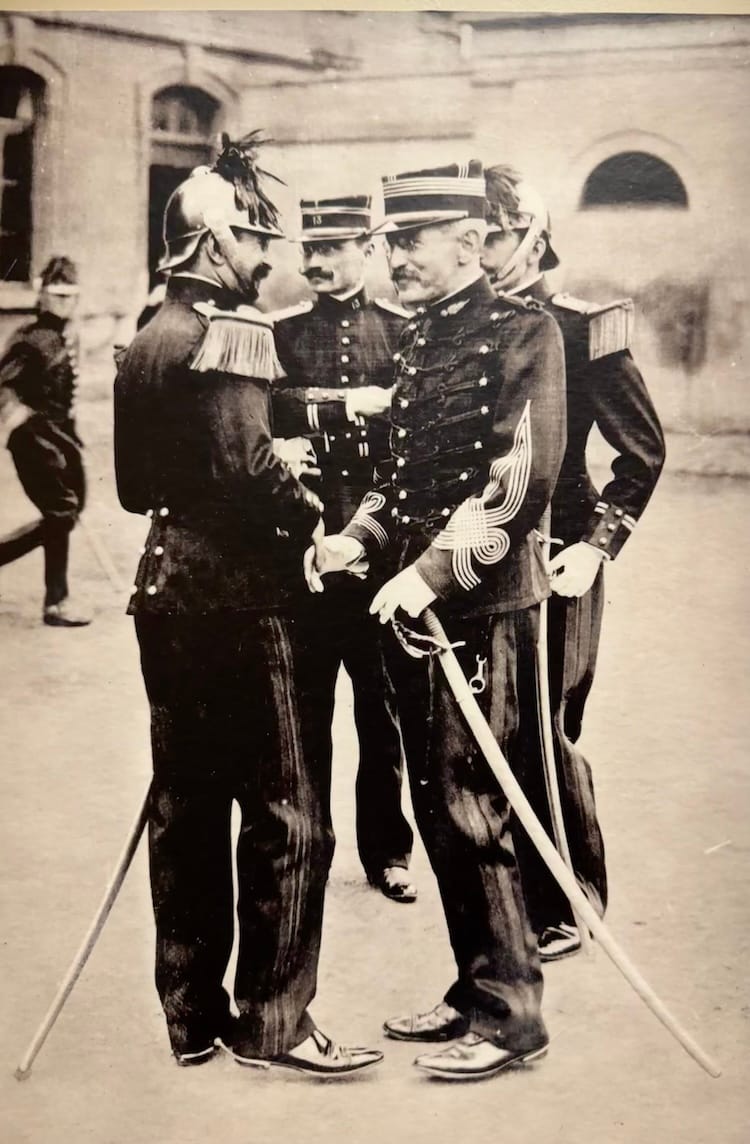
Though the Affair led to some important reforms, including the 1905 law separating church and state, Dreyfus died in 1935, just five years before the Germans marched into Paris again and began stigmatising and rounding up Jews - with lots of help from the French. Today some members of the far-right still falsely question Dreyfus' innocence.
Will we ever learn?
